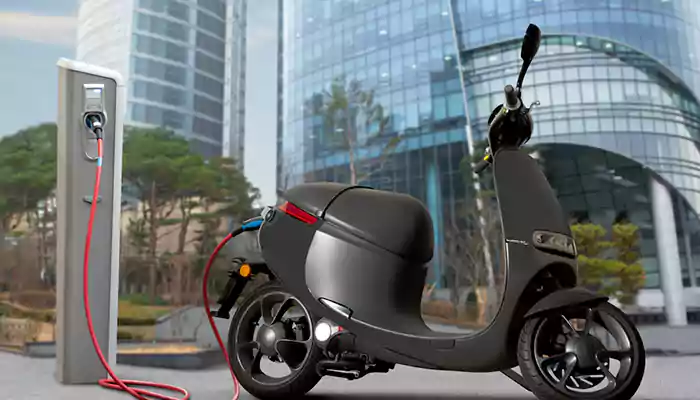
There is a saying that it is better late than never, but is the situation the same for Honda’s CB300R, or has it gone out of hand?
Time and again, we have mentioned in our articles that India is a price-sensitive market, which is known to all. However, for reasons unknown, Honda Motorcycle and Scooter India (HMSI) never paid heed to the prayers of Indian motorcycle enthusiasts. Indeed, the company offers an array of affordable motorcycles and scooters in the commuter segment.
Unfortunately, the attitude changes drastically the moment Honda shifts to premium motorcycles. While most of the company’s premium motorcycles still continue to be expensive, Honda recently launched the OBD2-compliant CB300R at an affordable price of INR 2.40 lakh, ex-showroom.
Initial price-tag
Years ago, when the motorcycle was launched, it had a price-tag of INR 2.77 lakh, ex-showroom. Powered by a 286cc, four-stroke, single-cylinder, liquid-cooled engine, the motorcycle continues to churn out 30.7bhp of power and 27.5Nm of torque. In short, nothing on the motorcycle has changed since it was launched the first time.
However, with time, other motorcycle makers have launched numerous motorcycles in the 300-400cc space, and most of those motorcycles have had better pricing than the CB300R. Therefore, the CB300R never managed to create a place for itself in the hearts of Indian motorcycle aficionados.
A little late
Honda may have tried to rectify its mistake by finally launching the CB300R at an affordable price of 2.40 lakh, ex-showroom. However, we feel Honda is too late to join the party. Given that Triumph, in association with Bajaj, launched the Speed 400 at INR 2.33 lakh, ex-showroom, the game has shifted in Triumph’s favour. Not to forget, the Royal Enfield Hunter is also in the same arena, making the job more challenging for Honda.

Indian attitude
To make the magic work, it was imperative for Honda to price the CB300R even more affordable than the Triumph Speed 400. Maybe then Honda would have won the game. Unfortunately, the Indian market is all about numbers. Apart from higher price-tags, every other big number wins.
In this case, the Triumph Speed 400 is a clear winner because, at the lowest price-tag, it is a 400cc motorcycle that makes 40hp of power and 37Nm of torque. One can argue that the Honda is 30 kilogrammes lighter than the Speed, and therefore, the power-to-weight ratio is better. Unfortunately, the Indian motorcycling community still only thinks about horsepower and torque—the more, the merrier.
Not to forget, while both motorcycles have more or less similar features, the traction control on the Speed 400 further solidifies it as a better motorcycle in the eyes of many.
The big problem of Big Wing
Another problem that persists with Honda’s big motorcycles is Honda Big Wing service centres. For the record, all Honda motorcycles above 300cc are sold by Big Wing showrooms, Honda’s premium vertical. Therefore, motorcycles in this category are serviced by Big Wing service centres.

Unfortunately, Big Wing showrooms and service centres are not available in huge bulk in every city, and therefore, getting a 300cc or above motorcycle from Honda becomes a hassle.
Duke and Apache
Moving aside from the street-retro segment, there are the KTM Duke 250 and TVS Apache RTR 310 in the 250-300cc segment that are closely priced to the Honda model. However, the Apache offers better performance and features, whereas the Duke 250's performance is more or less similar to that of the CB300R.
Flamboyance comes easy with the all new TVS Apache RTR 310, The #Freestyler#TVSApacheRTR310 #TVSApache #RTR310 #Freestyle #TVSRacing #RTR #TVSApacheRTR #RestlessToPlay #RestlessToRace #TVSApacheSeries #ApacheSeries #RR310 #ApacheRR310 #RacingDNAUnleashed pic.twitter.com/gkSGs8sZoN
— TVS Apache Series (@TVSApacheSeries) October 11, 2023
In short, despite lowering the price, the situation has gone out of Honda’s hands because, as of today, the market simply has better motorcycles to offer than Honda is doing with the CB300R. Lowering the price-tag doesn’t help, but it will if Honda slashes another INR 15,000 from the CB300R’s price-tag.












